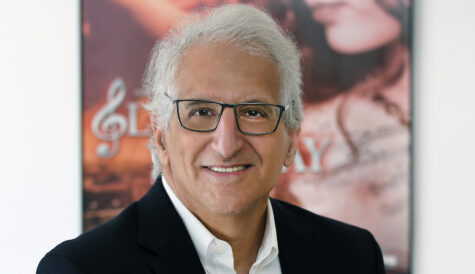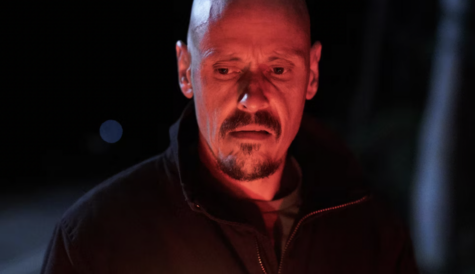Viewpoint: Is Channel 4’s content strategy fit for purpose?
Nick Thomas, principal analyst, TV & Digital Media, at Informa Telecoms & Media asks whether Channel 4’s content strategy is fit for purpose.
If social media was the hottest topic in TV in 2012, the need to understand connected audiences is already the topic that will dominate industry conversations in 2013. We know that the way audiences consume TV content has changed radically – a multitude of research is emerging to tell us what proportion of viewers are time-shifting their viewing, or watching it on different devices, or commenting on second screens.
The industry, facing massive disruption, needs new measurement tools, new ad formats and new ways of creating relationships with viewers. It needs to be able to understand audiences and connect them with the content and experiences they value. And in this respect, the UK’s Channel 4 is almost a template of how a commercial broadcaster can and should reinvent itself.
There were some mutterings when it appointed another marketer, David Abraham, as its chief executive, with some in the TV business arguing that a content person was needed. But the C4 board was right to the extent that broadcasters need leaders who are able to connect audiences with their products. And with its current strategies, Channel 4 – on paper, at least – is making impressive headway.
Its viewer-engagement strategy, first announced in 2011, recognises the central importance of viewer data. Capturing the details of the channel’s large online audience – more than 6 million 4oD viewers have registered online – enables the channel and its advertisers to better target them with the content (and the ads) they want to see. Those registered include one in three 16- to 34-year-olds, the demographic that is crucial to both C4’s brand profile and its advertisers.
Building on this new level of insight, the channel has developed new consumer products for 2013 that will further cement its place as the most innovative channel in the UK, including mobile offline viewing for 4oD, “pause and play” across platforms (enabling viewers to pause a program on 4oD on one device and resume it on another device) and live viewing of C4 on mobile devices.
In parallel, it is also launching a new digital advertising product, Adapt, to enable advertisers to target logged-on users based on their age, gender and location. New ad formats are being developed to further boost the potential effectiveness of advertising across the channel’s growing digital footprint.
So far, so on-message. The innovation that has been part of Channel 4’s DNA since it launched in 1982 is prominent once again, on the strategic side at least. All it needs now is an innovative content strategy that matches its commercial and marketing strategy. And that might be more elusive.
It is not clear to what extent – if at all – content is being informed by a greater understanding of the audience. And for all the talk of a feedback loop for viewers, it is difficult to interpret feedback and channel it into content creation.
Although TV is at heart a collaborative medium, most of the best shows currently on Channel 4 and its youth-focused offshoot E4 – the likes of Black Mirror, Derek, Cardinal Burns and Utopia (pictured) – are very much authored pieces, with a strong creative vision at their heart. Given this, it’s surprising to hear of the channel’s growing reputation among the UK production community for unhelpful interference in the creative process.
Channel 4 has still not found a mainstream hit to fill the gap left by Big Brother. Not all shows succeed, of course, but the way they fail can provide insight. Channel 4’s recent attempts to exploit its prime on-screen talent have the whiff of panic, from the overformatted Hotel GB to the lame dating show Baggage, hosted by an uncomfortable-looking Gok Wan. One agent subsequently coined the word “Gokked,” to describe a star being forced to appear in a cheesy show, to the possible detriment of his reputation.
It’s not all Channel 4’s fault, however. This is a wider issue for the TV industry. It is undoubtedly an industry in transition, one that recognises the importance of change, even if it cannot yet articulate or harness it.
As Sky’s Stuart Murphy observed recently, the whole industry is waiting for the next breakthrough TV show that defines the multiscreen, connected era. Such a show would enable C4 to use its raft of new digital products and platforms to deepen engagement with viewers and create new opportunities for advertisers.
The question is whether Channel 4 will be the natural home of this next defining program. Or, in an era where the way we watch television content is being revolutionised, does it need an overhaul of its content strategy first?





